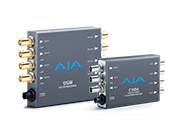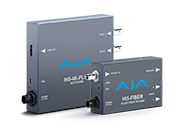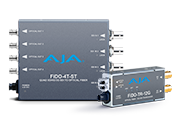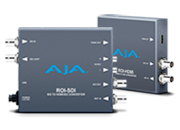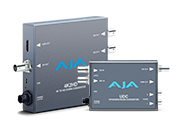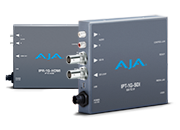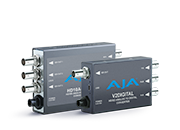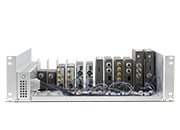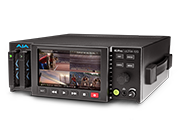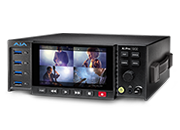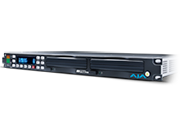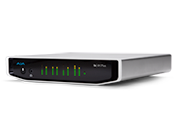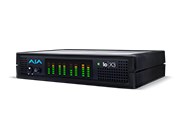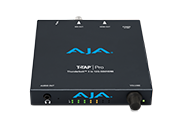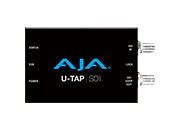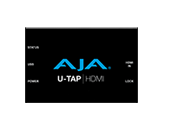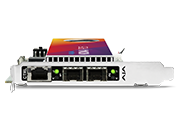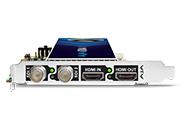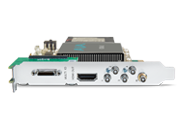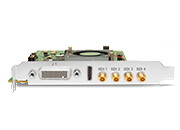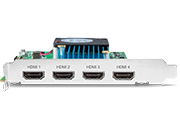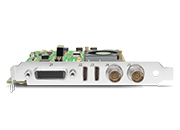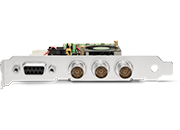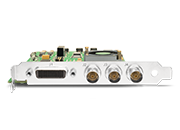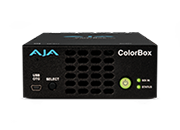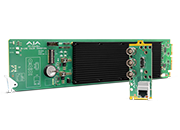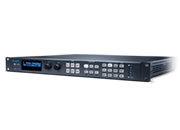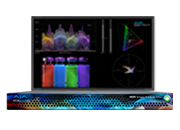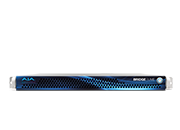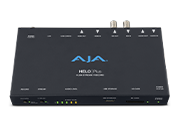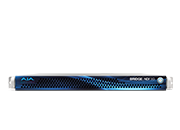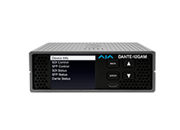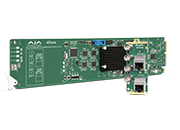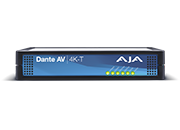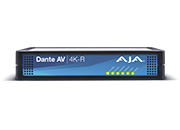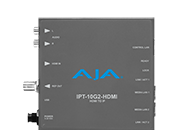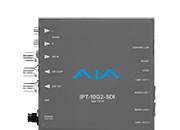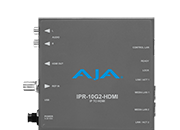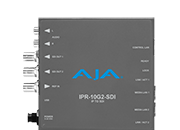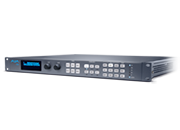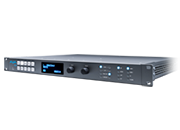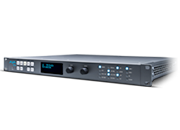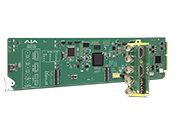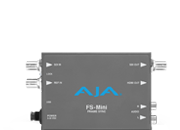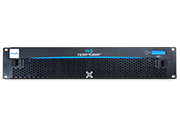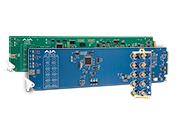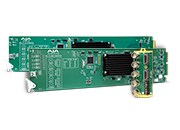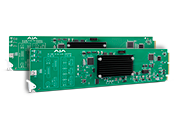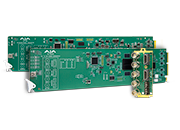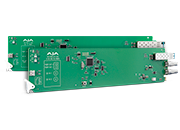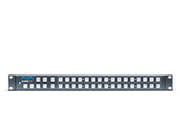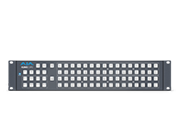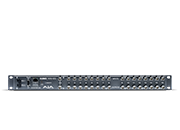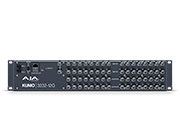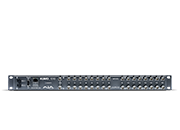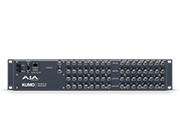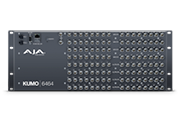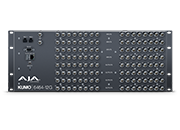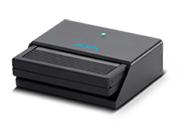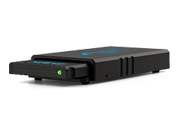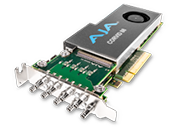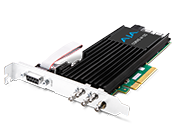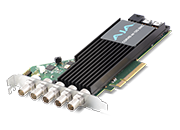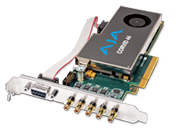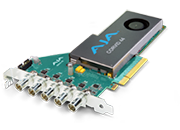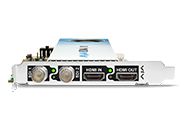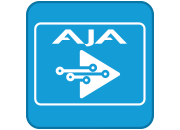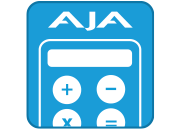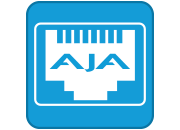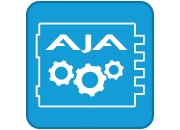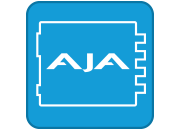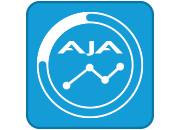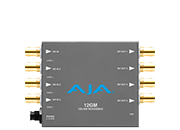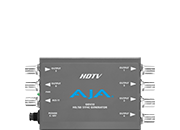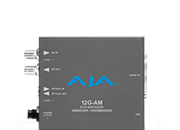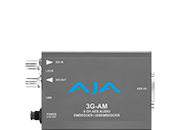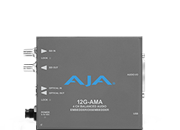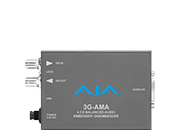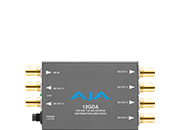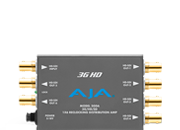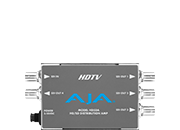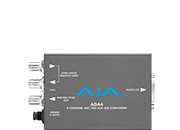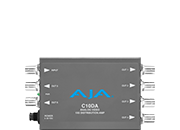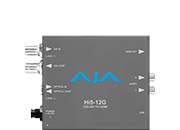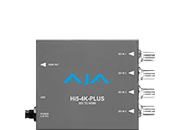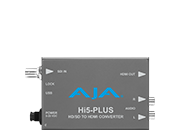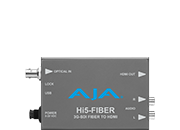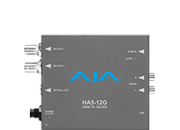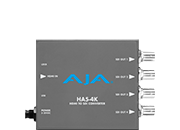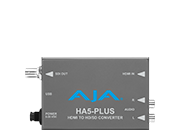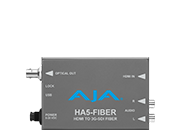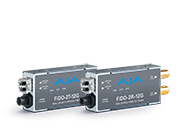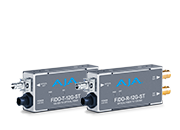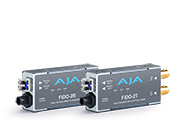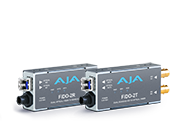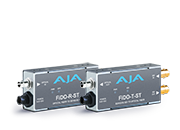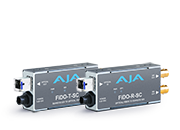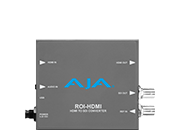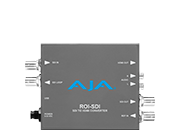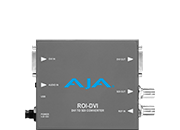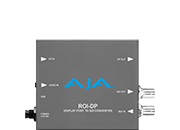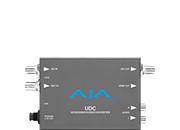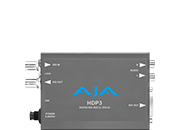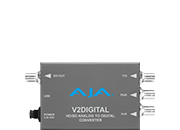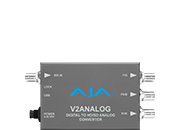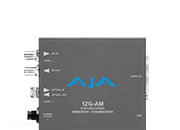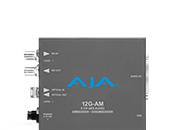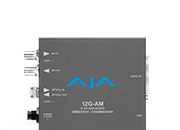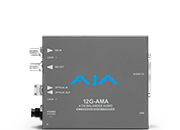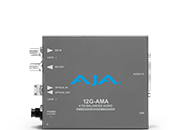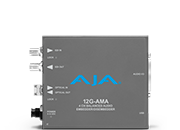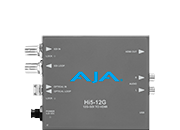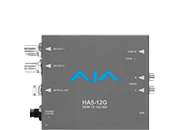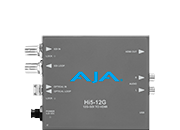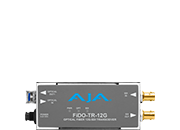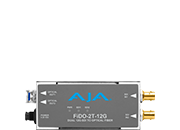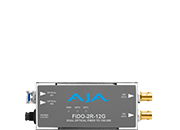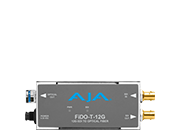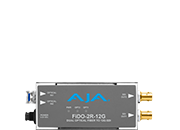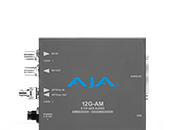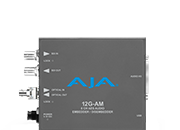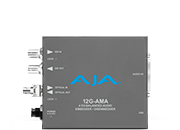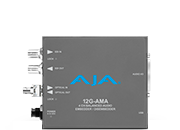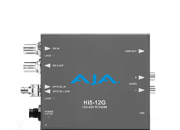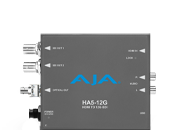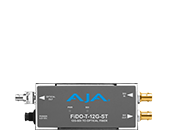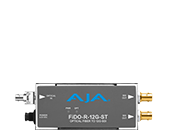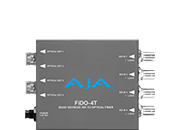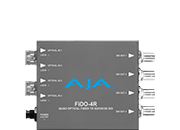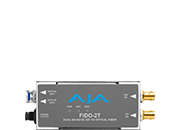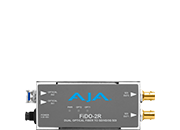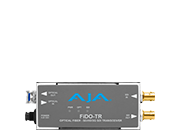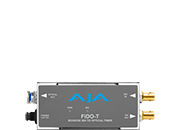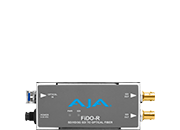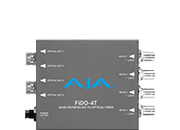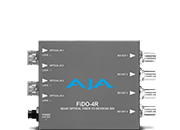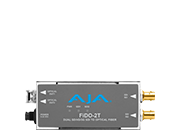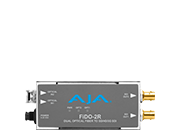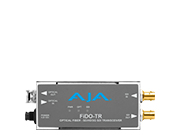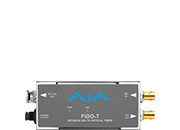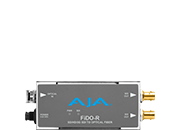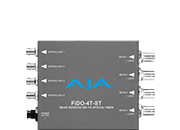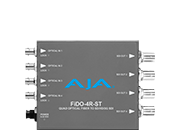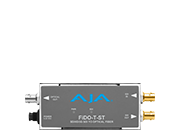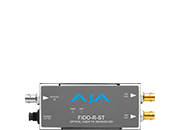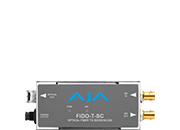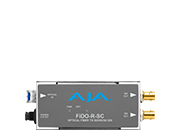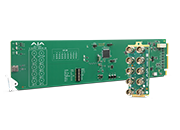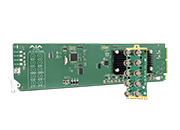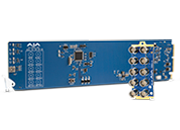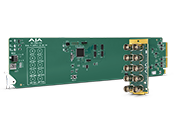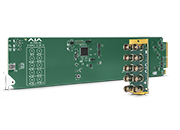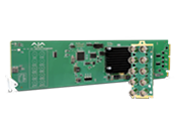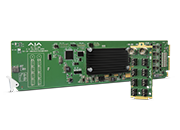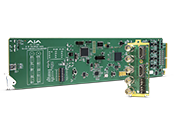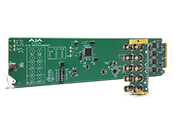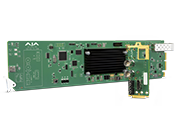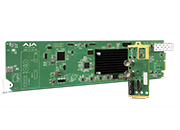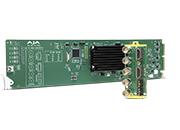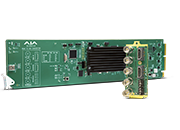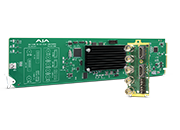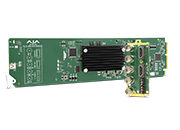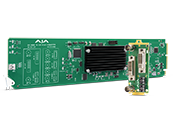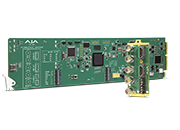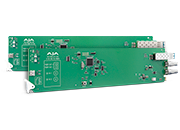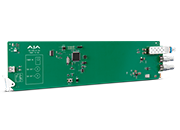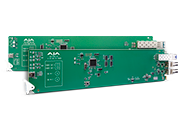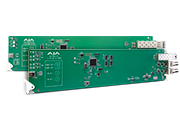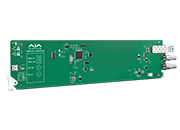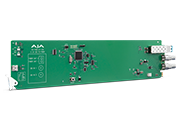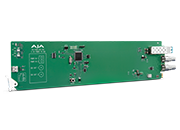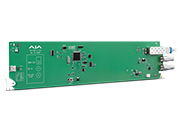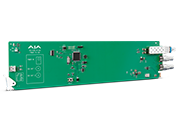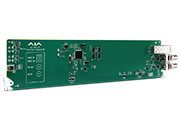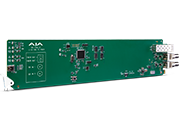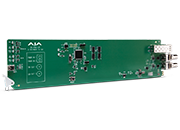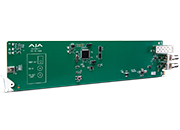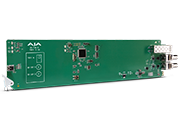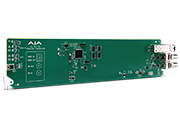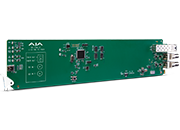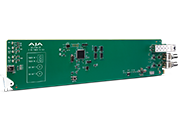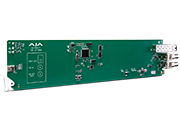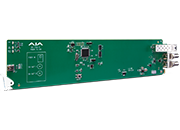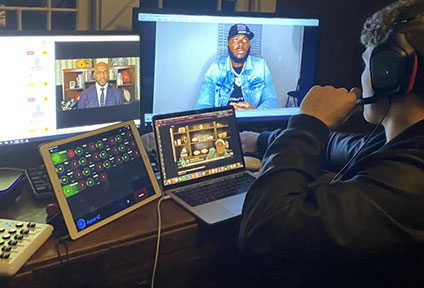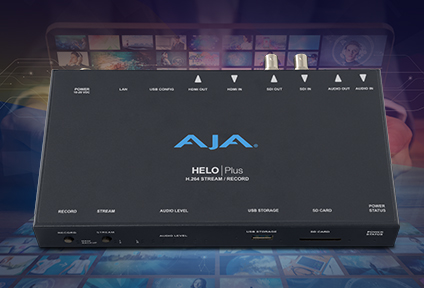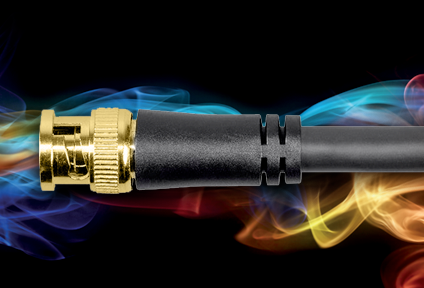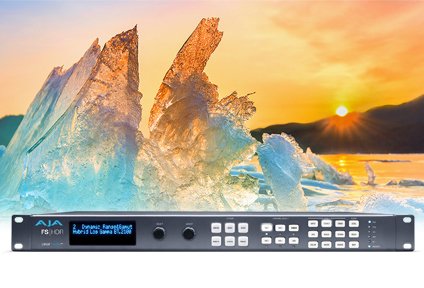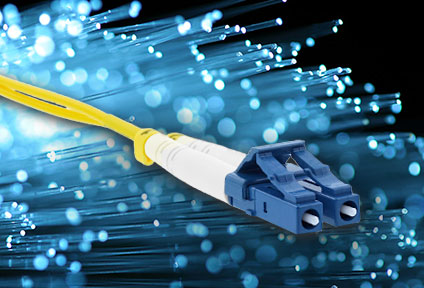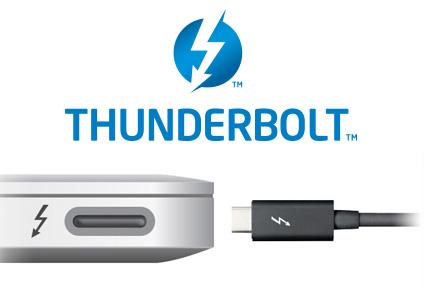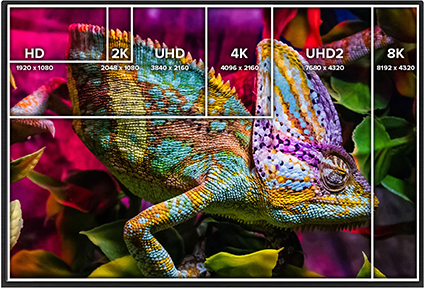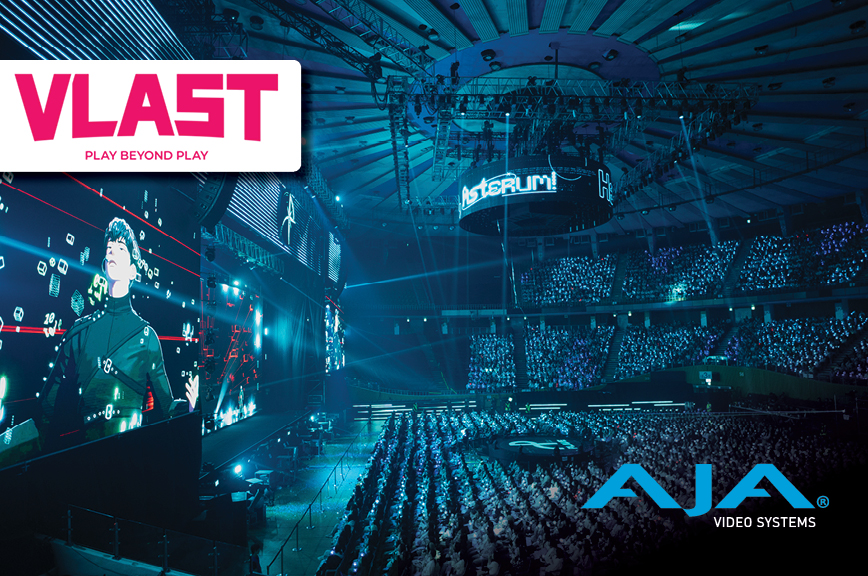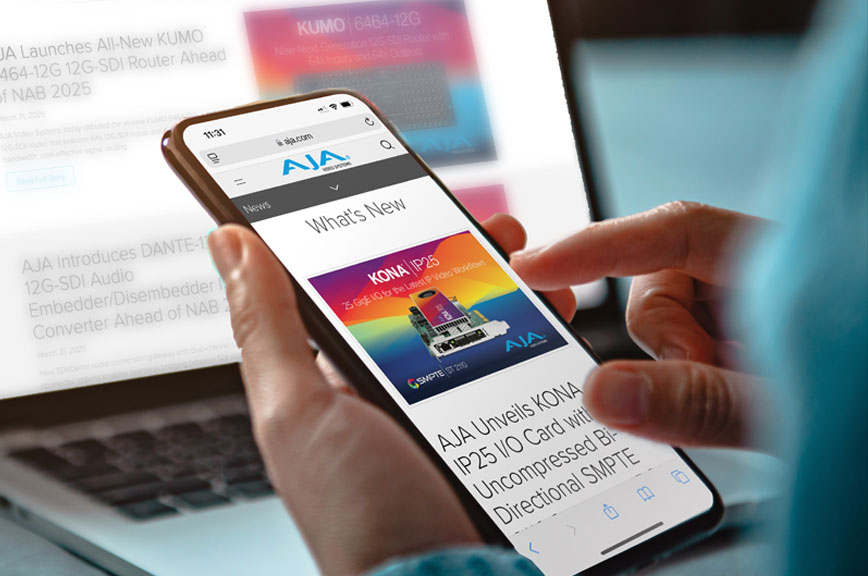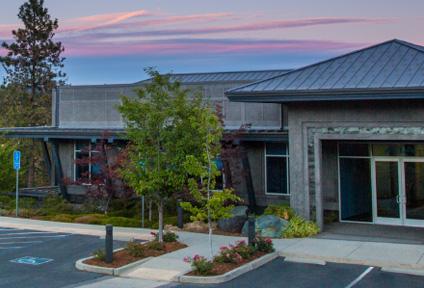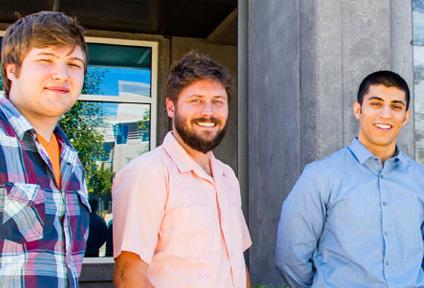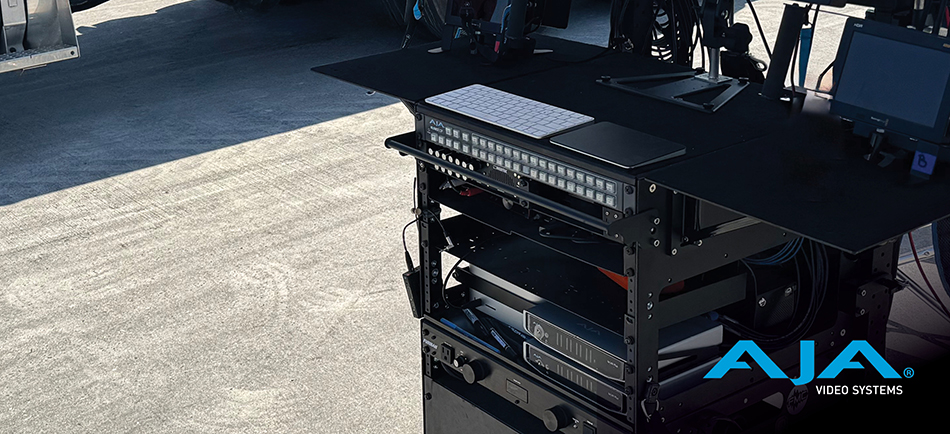Video Village Miami’s Frank Collins Shares Video Assist Insights
July 25, 2024
Video assist professional Frank Collins has had a front row seat to the transformation of production technology over the past two decades. He got his start in the industry as a sound mixer, before adding video management to his skill set in 2020. Today, Frank primarily supports commercial productions in and around Florida under his banner, Video Village Miami. When Frank shared a picture of his video assist cart on Instagram with an AJA Io 4K Plus, we were curious to learn more, so we reached out to find out more about his work and what gear he deems essential. Check out discussion highlights below.

Tell us about your work at Video Village Miami.
Video assist has grown to include much bigger tasks than years past. I did sound for more than 20 years and decided to learn video assist to expand my skill set and adapt to the changes 2020 brought. That helped me refresh my career and work on projects that don’t need location sound, which translated to more opportunity. My equipment cart contains the hardware and software needed to log, capture, playback, edit, and process video inputs and outputs, as well as a few monitors. I work in a freelance capacity, primarily for commercials and music videos. I’ll also handle the occasional episodic or feature film project, depending on what’s shooting in Florida. I’d elaborate, but it’s all NDA.
What are your roles and responsibilities on set?
I must know who needs to see the image that the camera is shooting and where they need to view it. This means the signal needs to be routed to a few places, such as the on-set video village as well as for remote viewing. I provide Teradek wireless transmitters to transmit the video. In addition to the monitors, I also manage recording and playback using my QTAKE system.
The video village is where the client and agency can collaborate over what's being shot and what's taking place. It’s also where the producer relays notes to the director and the editorial team is based; sometimes it includes the video effects department. You can’t have too many people on set huddled around the director’s monitor, so the video village provides a streamlined way to make sure everyone is looking at the same image and there’s a channel of communication. If we shoot using green screen, I can key out the green with the desired image to get a feel for the shot, I add overlays to help inform the creative process. When production calls for playback, I make sure it starts instantly from the point where they called action, so we’re not wasting time scrubbing through footage.
Describe a typical project workflow.
The main variable is the number of cameras being used, but otherwise my workflow is pretty much the same, even if different types of cameras are used. I’ll get the video feed from transmitters on the camera using a wireless video system. The signal will go from the camera to the wireless receivers. From there, I’ll cable back to my system in the video village. The signal will be sent through an AJA KUMO 1616-12G router and AJA KUMO Control Panel to an AJA Io 4K Plus, and into the computer running QTAKE. The feed is then spit back out to an output device. My main workflow adjustments are the number of camera inputs and monitor outputs needed for each project. A new thing we’ve been seeing more of is shooting with mobile phones, so sometimes I’ll use an Apple TV or a Roku as sources. In those circumstances, I input the screenshare to QTAKE so I can record it and distribute the video.
How would you describe your experience with Io 4K Plus and KUMO?
The gear just works; I've never had a problem, so the quality is always there. It does what it says it's going to do. I got the installer, so it's easy to update the Io 4K Plus firmware, it just quietly does its job and that's what I like. I chose Io 4K Plus because it’s recommended for QTAKE software and the setup I’m using, and the reliability is there.
What common challenges do you face on set?
Technology is changing quickly. Sometimes the environment can be a factor. If we’re outside, it can be hot or muggy or buggy or swampy. If we’re in studio, it can be really cold. We have to be able to easily move from one setup to the next and location to location.
How do you address these challenges?
I’ve built my cart with mobility and reliability in mind. For example, the Io 4K Plus is compact; I have two of them and they fit nicely into my rack. And they look cool. Reliability is really important because of the environment. We’re in Florida, so I’m often working outside on the beach, in the Everglades, etc., but there’s also studio work that needs to be done so my gear needs to be stable in all those different temperature environments. Miami is extremely humid and that can affect electronics. The cart I use is durable. It gets banged around during transport, and I drag it up and down flights of stairs, so it needs to hold up. All of our equipment is subjected to many elements; one of the last projects I worked on the Special Effects team made it rain. Out here, gear needs to last, so I use quality products that can withstand those elements and demands. My Io 4K Plus units and KUMO and KUMO Control Panel continue to run seamlessly even with everything they’re put through.
How do you source your gear?
I do a lot of research because I like to know the latest technology. I ended up buying a turnkey system from Nebtek in Utah. It’s a big investment and I didn't really have time to build it out myself. The team at Nebtek have been doing it for years and do a great job. If I'm able to invest in a second one I would like a lighter, smaller, more mobile version.
What types of content are you handling?
My projects might shoot in 4K, 6K or 8K, but I don't really deal in those types of resolutions. I record a 1920x1080 proxy file and play that back. However, I built out the system to be able to handle two 4K systems, which is why I have two Io 4K Pluses.
What technology trends are you following?
It's going to be interesting to see how artificial intelligence (AI) is incorporated into image management, into what the DIT and I are responsible for. I think everybody, including me, is watching AI and looking at how it's going to integrate into what they're engaged with.
About AJA Io 4K Plus
Io 4K Plus is the cutting edge of capture and output hardware available over Thunderbolt 3, offering a full set of professional video and audio connectivity with support for the latest 4K/UltraHD devices, High Frame Rate (HFR), High Dynamic Range (HDR) and deep color workflows. The power of Thunderbolt 3 enables Io 4K Plus to handle a wide range of formats from SD to HD, UltraHD and full 4K with frame rates up to 60p over both 12G-SDI and HDMI 2.0 with single cable simplicity, plus HDR support over both HDMI and SDI for HDR for emerging HDR workflow.
About AJA KUMO Routers
AJA KUMO routers provide a convenient, dense routing solution in a lightweight, compact form factor for use in facilities, OB trucks, post suites, and more. Available in multiple connector densities, and in 3G-SDI and 12G-SDI options, KUMO is easy to update, configure, and control with optional Control Panels for quick physical access to source and destination routing, with convenient USB ports for IP configuration, plus all models offer integrated web browser access over the built-in Ethernet connection. KUMO 1616-12G and KUMO 3232-12G routers enable 4K and UltraHD routing on a single BNC for rates up to 12G.
About AJA Video Systems
Since 1993, AJA Video Systems has been a leading manufacturer of cutting-edge technology for the broadcast, cinema, proAV, and post production markets. The company develops a range of powerful, flexible video interface and conversion technologies, digital video recording solutions, and color management, streaming, and remote production tools. All AJA products are designed and manufactured at our facilities in Grass Valley, California, and sold through an extensive sales channel of resellers and systems integrators around the world. For further information, please see our website at www.aja.com.
All trademarks and copyrights are property of their respective owners.
Media Contact:
Katie Weinberg
Raz Public Relations, LLC
310-450-1482, aja@razpr.com
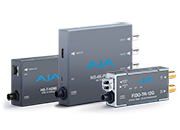 Mini-Converters
Mini-Converters
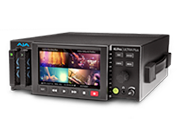 Digital Recorders
Digital Recorders
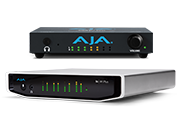 Mobile I/O
Mobile I/O
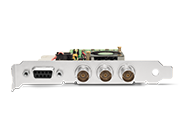 Desktop I/O
Desktop I/O
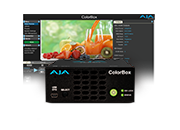 Color
Color
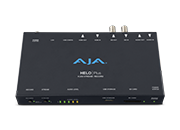 Streaming
Streaming
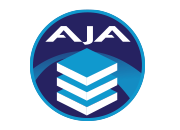 AJA Diskover ME
AJA Diskover ME
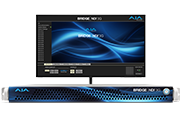 IP Video/Audio
IP Video/Audio
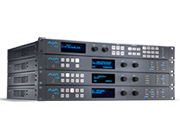 Frame Sync
Frame Sync
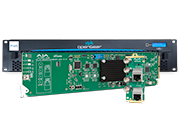 openGear
openGear
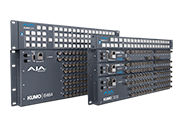 Routers
Routers
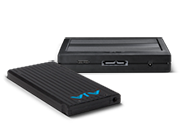 Recording Media
Recording Media
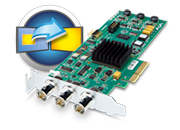 Developer
Developer
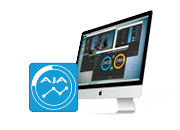 Software
Software
